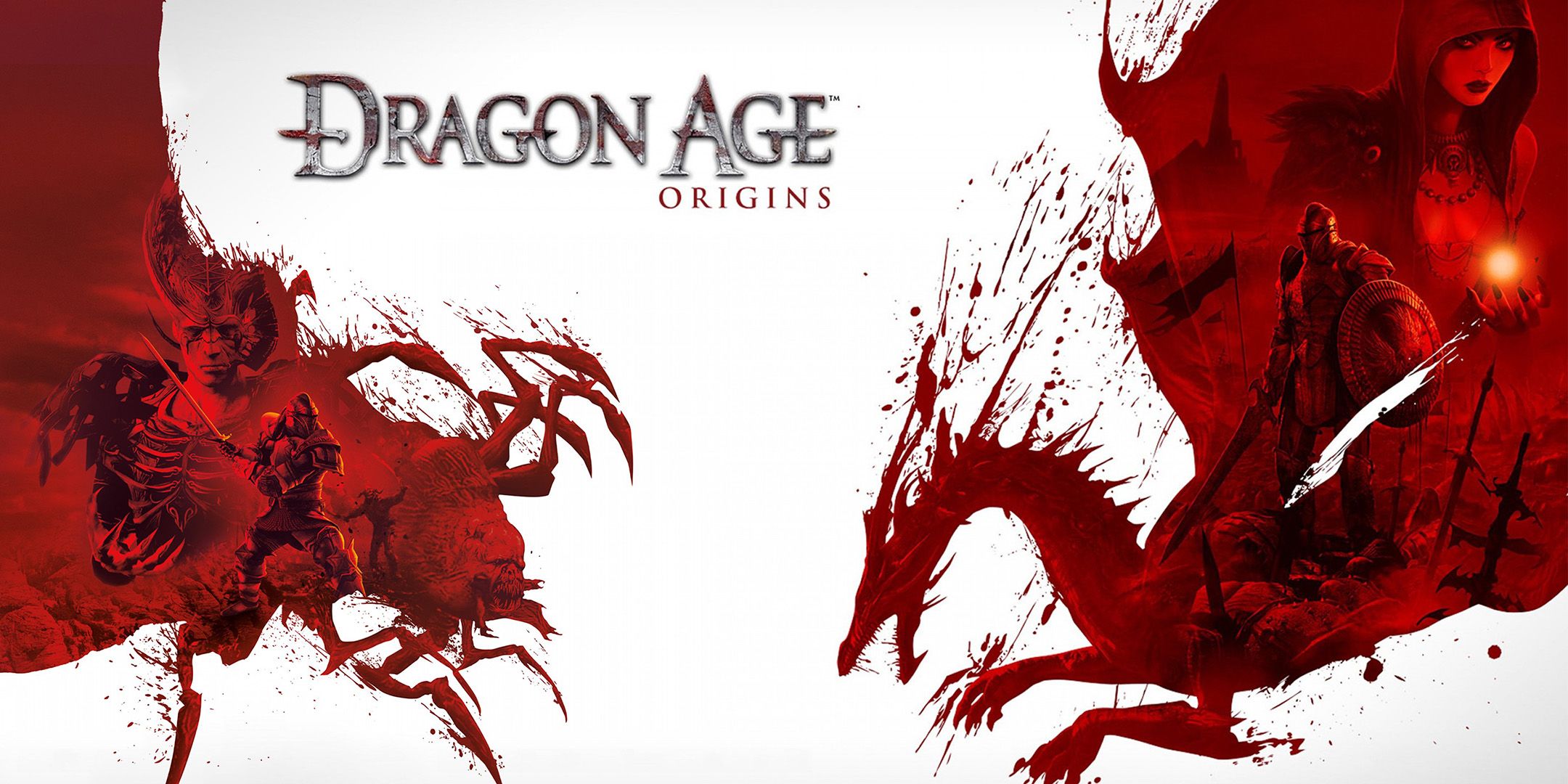Quick Links
After a decade of waiting, BioWare’s Dragon Age: The Veilguard is finally here, offering one of the most distinctive Dragon Age experiences yet with brand-new companions, a fast-paced, action-oriented combat system, and captivating environments to explore. There is a great deal of content available in Dragon Age: The Veilguard, along with plenty of encouragement to play through the game multiple times, so committed players will have a lot to prepare for before heading into Thedas.
Dragon Age: The Veilguard does a fairly decent job of ensuring its players know its many ins and outs, thanks to regular pop-up hints and a helpful compendium that is always available. However, there are still plenty of unwritten rules that players might wish to familiarize themselves with before heading into Dragon Age: The Veilguard‘s sizable world to explore, build relationships, and take on some of the game’s toughest foes.

Related
Dragon Age: The Veilguard Finally Hits the Bullseye With One Series-Long Playstyle
Dragon Age: The Veilguard has taken one series-long playstyle and improved it with an unprecedented amount of freedom and skills for players to use.
The Unwritten Rules About Dragon Age: The Veilguard’s Combat, Companions, and Choices
Combos Are the Secret to Success in Combat
It’s entirely possible for players to take down every foe in Dragon Age: The Veilguard as though they are playing with no companions on the field, but it’s not the best route to take. Instead, Dragon Age: The Veilguard‘s “Apply and Detonate” system combines the abilities of players and companions to deal much more damage than they are capable of inflicting on their own. In Dragon Age: The Veilguard‘s combat, players simply need to activate a skill that “Applies” a status effect to an enemy and then simultaneously trigger another character’s skill that “Detonates” that status effect for the combo to occur, which generally results in a massive area-of-effect attack.
Dragon Age: The Veilguard’s Built-In Save-Scumming Feature Is the Perfect Remedy for Bad Choices
While save scumming is generally possible in games that allow players to save their game whenever they want, it is often looked down upon by portions of the gaming community. In a game as choice-driven as Dragon Age: The Veilguard, save scumming is all the more appealing, as players might want to give themselves an opportunity to reverse the consequences of their decisions at some point.
It’s entirely possible for players to take down every foe in
Dragon Age: The Veilguard
as though they are playing with no companions on the field, but it’s not the best route to take.
However, rather than leaving it entirely up to the player to create an insurance policy for their decisions, Dragon Age: The Veilguard features a built-in save-scumming mechanic called a “Temporary Decision Save” that automatically saves the game in a separate save file just before players make a game-altering decision. By reloading a Temporary Decision Save, players can rewind time at any point they feel they’ve made the “wrong” choice and redo it the way they see fit. It also helps that Temporary Decision Saves are separate from Dragon Age: The Veilguard‘s normal auto saves, which occur more frequently.
Only One Companion Can Be Romanced at a Time
While past Dragon Age games, like Dragon Age 2, have allowed players to romance more than one of their companions simultaneously, Dragon Age: The Veilguard chose to go the route of true romance by only allowing players to initiate a romantic relationship with one companion. Once players are given the option to finalize a romance with a companion in Dragon Age: The Veilguard, should they follow through with it, the game will then lock them out of the ability to romance anyone else. As such, players should choose wisely who they would like to romance in Dragon Age: The Veilguard.

Related
Dragon Age: The Veilguard’s Biggest Origins Easter Egg Explained
Although Dragon Age: The Veilguard doesn’t carry over choices from Origins, it does pay respects to the first entry in the franchise.
The Unwritten Rules About Dragon Age: The Veilguard’s Exploration and Quests
Companions Are the True Gatekeepers of Exploration
Dragon Age: The Veilguard isn’t a Metroidvania by any means, but it does employ Metroidvania-type gameplay in its exploration by prohibiting access to certain areas until players acquire the abilities to access them. Unlike true Metroidvania games where exploration is inhibited by the player character’s lack of abilities, Dragon Age: The Veilguard‘s companions are the real gatekeepers. As players meet and recruit the game’s companions, they will gain access to a new exploration ability that can be used with or without the companion present in the party, thereby granting players access to previously inaccessible areas.
The Explorable World Is Often More Than the Map Lets On
It has occasionally been possible throughout the Dragon Age series for players to venture off the beaten path into an area that appears black on the map, as though it is not explorable, only to find the trip to be a worthwhile venture. In Dragon Age: The Veilguard, that is still very possible, but it happens more often than it ever has before. At first glance, an area’s map might appear very small and feature several dark areas that seem to be inaccessible. However, the explorable world in Dragon Age: The Veilguard is often more than the map lets on, so players should explore every nook and cranny, as they might find the world to be much larger than it initially seems.
Vendors Offer Plenty of Helpful Items
When exploring Thedas in Dragon Age: The Veilguard, players are likely to come across numerous vendors selling a wide variety of items. While the cosmetic items sold by these vendors might initially seem like a more sensible purchase than the valuables they sell, the valuables are actually surprisingly worth their weight in gold. Firstly, some vendors sell valuables that can permanently increase the player’s stats, like damage and health, when acquired. Secondly, buying valuables and then selling them to faction vendors is a great way to increase reputation with that faction and rank up their merchants.
Fully ranking up faction merchants is the only way to be able to purchase everything they have available.
In many RPGs like Dragon Age: The Veilguard, finding duplicates of gear or gear that is simply not as powerful as whatever the player has equipped can feel underwhelming. Fortunately, Dragon Age: The Veilguard somewhat solves this potential problem by making duplicates worth the effort to obtain. As players find duplicates of an item they’ve already acquired, that item’s rarity will increase and unlock some of its extra abilities in the process. Duplicates can be obtained either by finding them while exploring or purchasing them from vendors, making exploration all the more worth it.












Leave a Reply